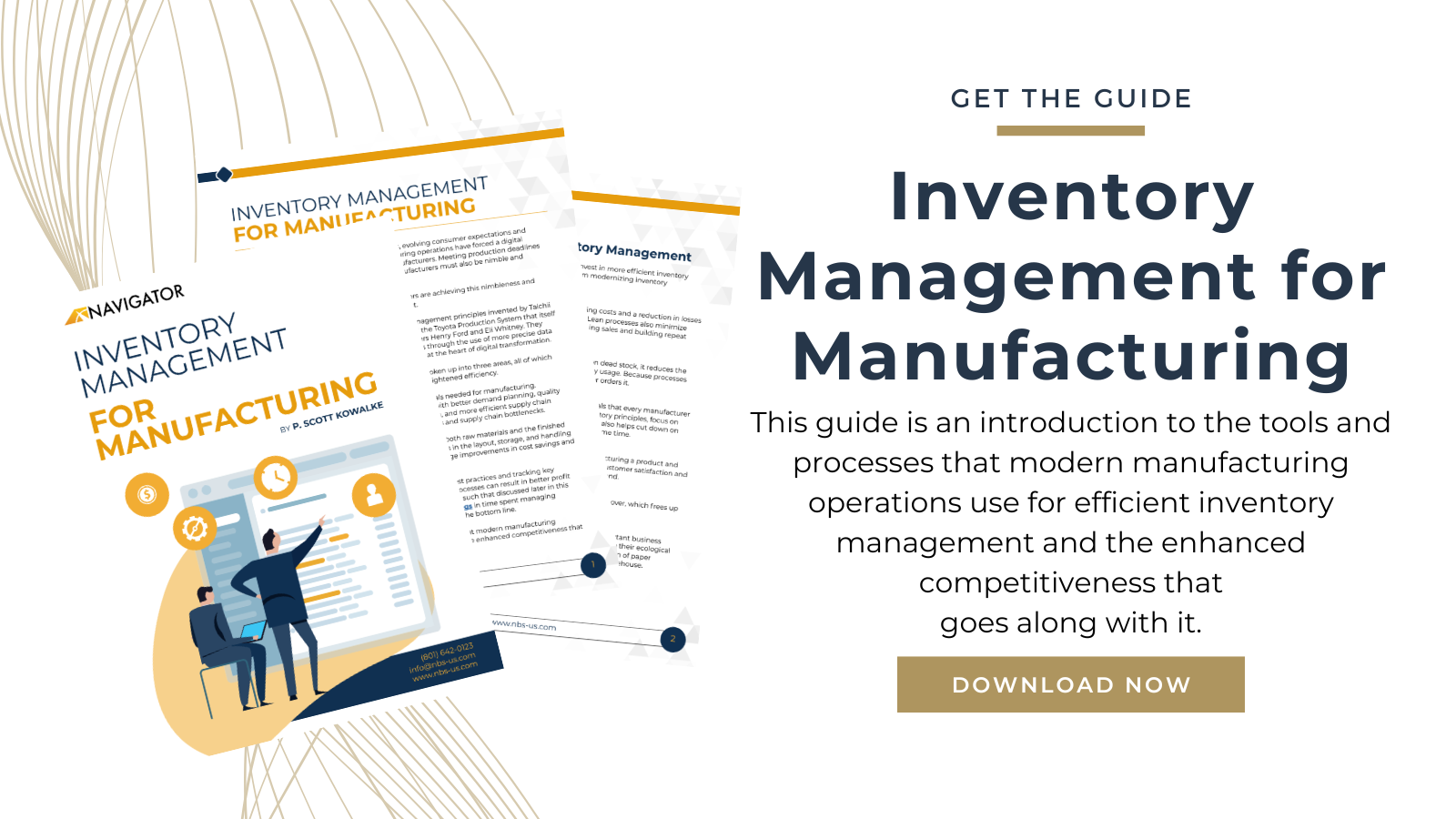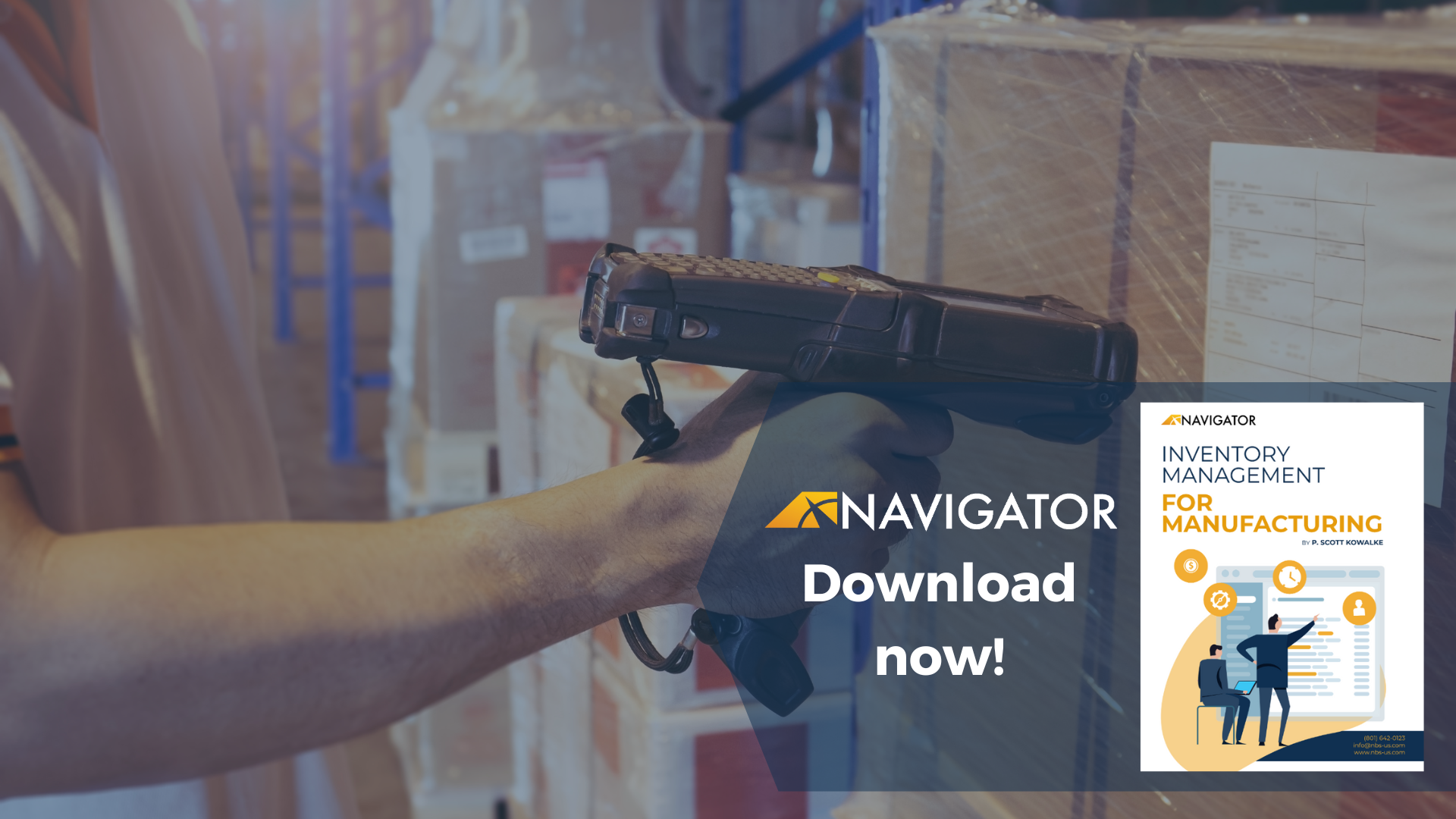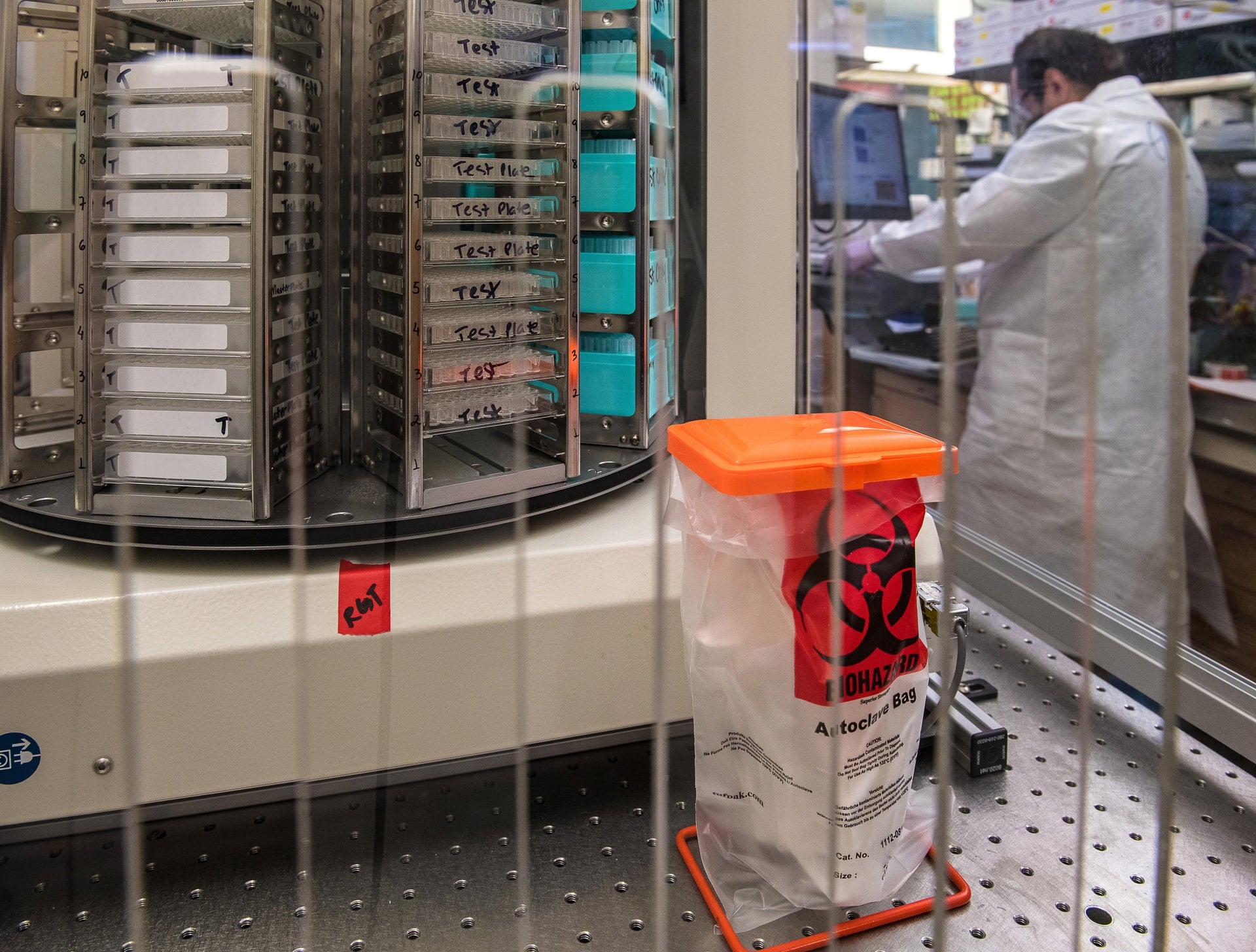Automation related to inventory management is comprised of two main components: process automation, and physical automation. Both are designed to improve operations and procedures within a warehouse beyond the capabilities of human workers through the integration of artificial intelligence and robotics. Each type of component takes over a repetitive or time-consuming task, enabling workers to focus on more challenging jobs.
Inventory automation solutions don't always encompass both types of automation, and both are necessary to realize business improvements and efficiencies; both process automation and physical automation can be deployed separately, each delivering efficiencies. But taken together, they represent the forefront of efficient inventory management.
Businesses may choose to utilize one or both forms of automation, depending on their needs.
Process Automation
Also known as system automation, process automation digitizes and automates a variety of manual processes. These may include inventory data collection, which is then integrated into a software environment like an enterprise resource planning system (ERP) or database. Barcoding and wireless barcode scanners are typically used to input and track data, which is then sent to a central repository through the software system and stored. It may then be easily accessed in the future.
Process automation solutions are beneficial for businesses of all sizes. They streamline operations, enabling greater efficiencies, improved accuracy, and ultimately a better customer experience. Offerings are typically scalable, and they are easily integrated with existing business process solutions.
Physical Automation
Physical automation includes robotic systems and other forms of mechanical automation. When most business leaders think of warehouse automation, this second type is likely what comes to mind first.
Physical automation is suitable for larger warehouses handling high volumes of inventory. It is typically more costly to implement than process automation, but it offers a good return on investment.
Physical automation may include everything from autonomous mobile robots (AMRs) to goods-to-person (GTP) technologies along with driverless automated guided vehicles (AGVs). An automated storage and retrieval system (ASRS) is one of the most powerful and expensive examples of physical automation, used by retailer Amazon to stay on top of its speedy shipping promises.
Choosing the Right Type of Warehouse Automation
All inventory management operations will benefit from inventory automation. It isn’t usually a question of whether a manufacturer should use inventory automation, but rather what type and how much.
While there’s no one right answer to this question, the right answer for a given business often comes down to company size.
Process automation solutions are effective for manufacturers of all sizes, including small to medium-sized companies. At a minimum, process automation enables more accurate order fulfillment as well as lower operating costs. Process automation solutions also typically improve margins, reduce delivery times, cut down on manual errors, and help increase customer satisfaction.
Larger manufacturers with greater warehouse operations, on the other hand, are a likely candidate for using both process automation and physical automation. For businesses that can afford both, the introduction of robotics increases picking speeds and volumes while simultaneously decreasing picking errors.
So small and medium-sized manufacturers should look primarily toward process automation. Larger manufacturers or those with particularly high-volume turnover might also want to include physical automation.
Read the next section, The Basics of an Efficient Inventory








